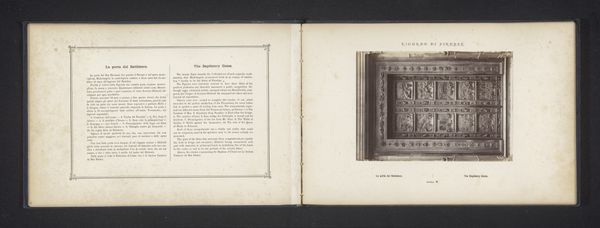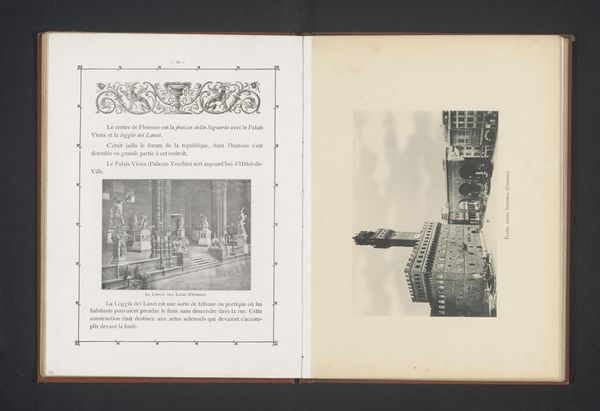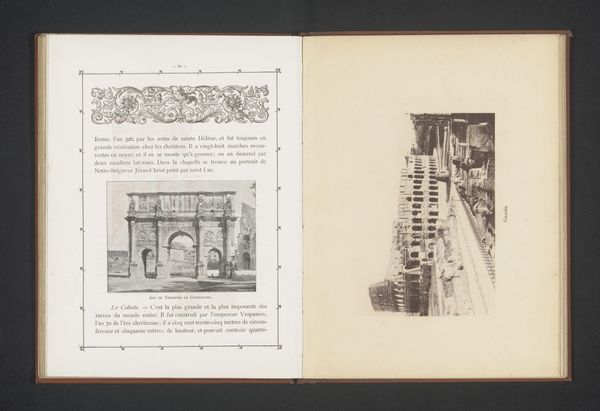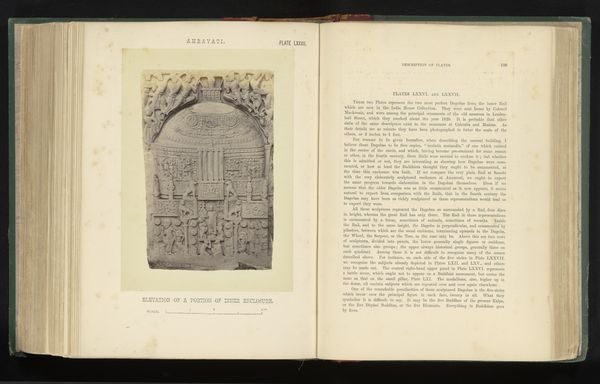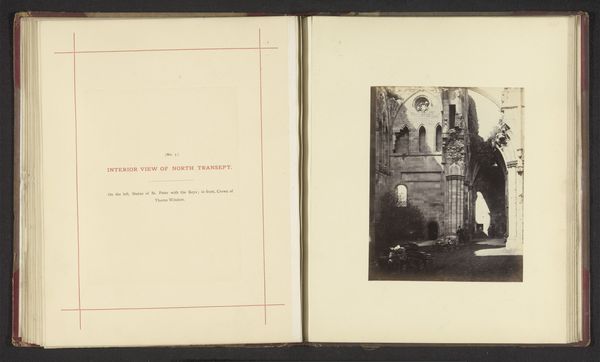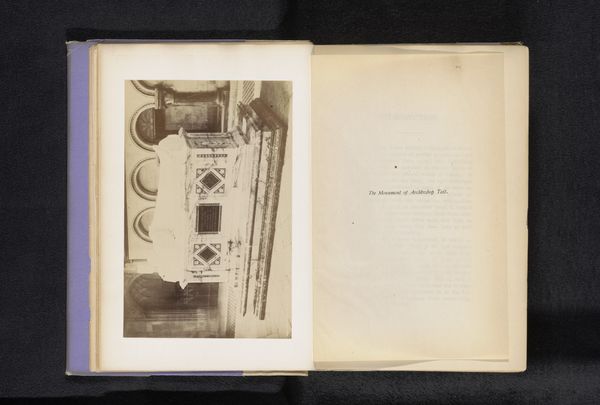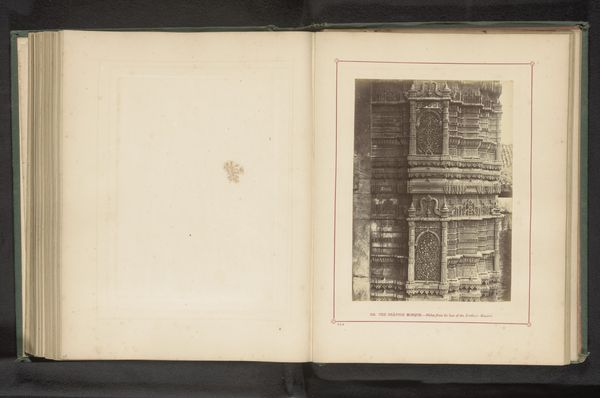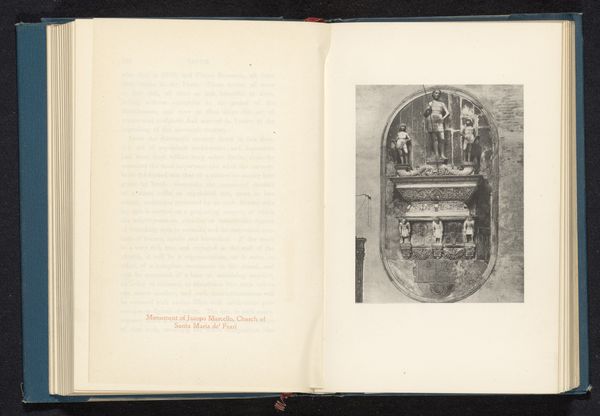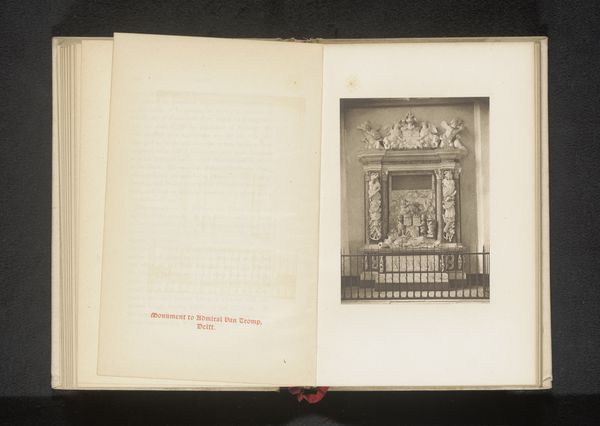
print, etching, relief, photography, architecture
#
statue
#
medieval
# print
#
etching
#
relief
#
photography
#
architecture
Dimensions: height 230 mm, width 170 mm
Copyright: Rijks Museum: Open Domain
This is a photographic reproduction of a section of church architecture, produced by Riffarth & Cie. Meisenbach. Here, the camera mediates the material of the stone building, and the skills required to build it. The image is a photomechanical print, a process developed in the mid-19th century to reproduce images in large quantities. It was faster and cheaper than traditional engraving, and allowed for the mass distribution of images. The photomechanical process relies on the manipulation of light and chemicals to transfer an image onto a printing plate. The plate is then used to print multiple copies of the image onto paper. The resulting image is a faithful reproduction of the original photograph, but it lacks the depth and texture of a handmade print. The mechanization of image-making transformed the experience of art and architecture, as this reproduction could reach a wider audience than the original. It also signaled a shift in the perception of art, as the focus moved from the unique object to the reproducible image, a concept that was later explored by Walter Benjamin. The presence of this reproductive technology allowed for widespread consumption and commodification.
Comments
No comments
Be the first to comment and join the conversation on the ultimate creative platform.

